Behind every great software product is a solid plan—and it all starts with a clear project brief. This short document plays a big role in aligning goals, expectations, and technical requirements across all stakeholders. Whether you’re working with an external development team or building in-house, a project brief helps everyone stay on the same page from day one.
Start with the Why
Begin by describing what the software is for and why it’s needed. Are you solving an internal bottleneck, launching a new product, or replacing a legacy system? This part is especially important during early discovery workshops where clarity shapes everything.
Define the Outcome
What does success look like? Maybe it’s a smoother workflow, improved customer experience, or better data insights. Your goals don’t have to be overly technical—but they should be specific enough to measure.
If you have a deadline tied to a product launch or campaign, include it. Knowing your priorities helps shape a realistic timeline and MVP scope.
Know Your Users
Software that doesn’t meet user needs is destined to fail. A strong brief includes insight into who the software is for and how they’ll use it. Whether they’re field workers, admin staff, or customers—understanding their habits and frustrations leads to better design decision.
Highlight the Key Features
Avoid long lists. Focus on what matters most: the core functionality needed for version one. You can always discuss future enhancements later. Clarity here helps developers estimate better and avoid scope creep.
Need to integrate with an existing system? Flag it now. Whether it’s a CRM, ERP, payment platform, or third-party API, it’s better to surface those details early.
Mention Technical Considerations (If You Know Them)
Not all clients will know the technical stack they need—and that’s okay. But if you have preferences (like building a mobile-first app, or using AWS or Firebase), include them. If not, your dev partner can guide you during the technical discovery phase.
Set Expectations Around Budget and Timeline
You don’t need exact numbers, but a budget range and desired timeline help your dev team propose practical solutions. For example, if your deadline is tight, a phased rollout or MVP might make more sense.
Identify the Key People
Software projects involve decisions. Make it clear who the main point of contact is, who signs off on major changes, and who needs to be informed. This avoids delays and keeps communication smooth throughout development.
Be Honest About Risks or Constraints
All projects come with risks—tight timelines, evolving requirements, or third-party dependencies. Mentioning these upfront won’t complicate the project. In fact, it shows foresight and helps teams plan around potential roadblocks.
Include Supporting Materials
If you have anything visual—like sketches, flowcharts, brand guidelines, or even examples of apps you like—add them to the brief. These references help speed up the design and discovery process.
Why It All Matters
A strong software project brief reduces miscommunication, accelerates planning, and increases your chances of launching on time and on budget. It doesn’t have to be a long document. What matters most is that everyone starts with a shared understanding of the goal.
Need Help Creating Your Brief?
We’ve helped startups, government agencies, and enterprise teams clarify their vision through structured discovery sessions and technical planning. If you need help writing or reviewing your software brief, we’re here to guide you.
🎯 Book a free consultation with our team → https://bit.ly/ArgonFreeConsultation

